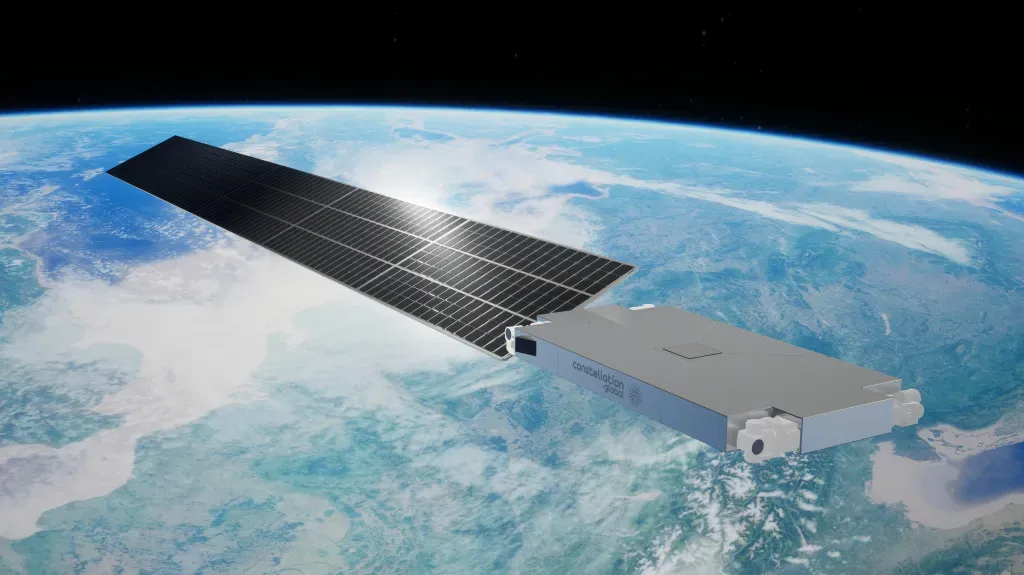How Constellation Will Challenge Starlink In The Communication Space Race
Constellation Technologies wants to partner with operators to offer space-based internet to help them compete with the SpaceX service.

Latest

🇫🇷 French Tech Wire: Galactic Sheriff Macron Wants SpaceTech Founders To Saddle Up
President Macron calls space a new battlefield and courts defense and space startups with €4.3B; Doctolib’s antitrust fine sparks debate on dominance; Sylvie N’hansana’s rise reshapes telehealth; WebSummit buzz meets downpour.

'Space Is Now a Battlefield': Macron Unveils €4.3B Defense Plan And Appeals To Startups
Macron warns that space is no longer a sanctuary, announcing major new space defense investments and says he wants 'New Space' French startups to help counter rising orbital threats from Russia and other hostile powers.

From Laos to Leading Europe’s Biggest Teleconsultation Platform: The Unstoppable Rise of Sylvie Nhansana
In a world where women still raise just 2% of VC funding, Sylvie Nhansana defies every statistic: engineer, black belt, and CEO of Qare and HealthHero France. She's now building what could become the world’s first truly global teleconsultation platform.

La Machine #50: The AI Building Inspector Has Entered The Chat
Freeda's AI catches blueprint blunders; Yann LeCun ditches Meta; Beside rings up $32M for its AI voice app; Anthropic lands in Paris; Accel says Europe's AI application startups are rocking; there's a robot loose in a nuclear power plant.



